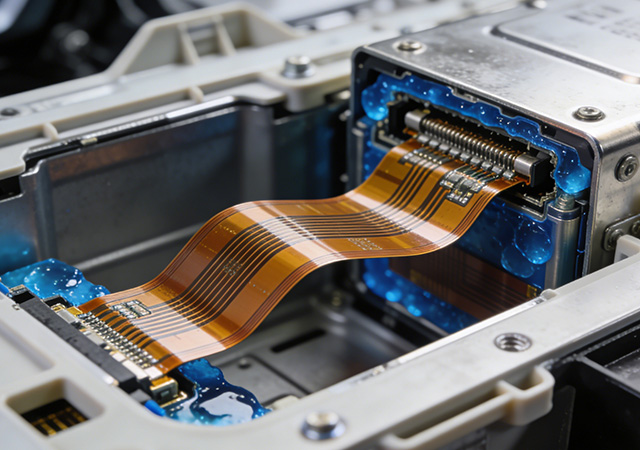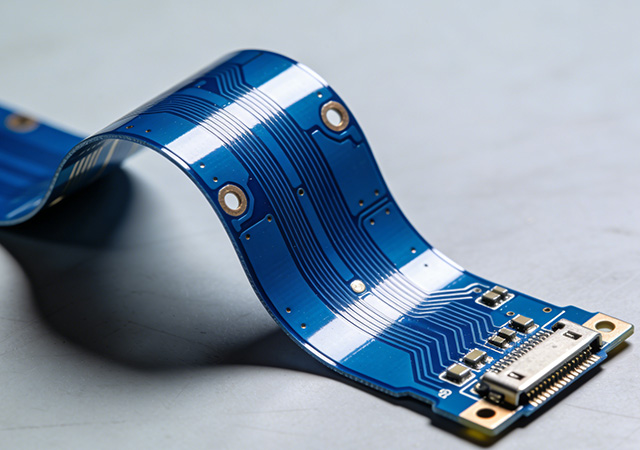-
- PCB TYPE
- PRINTED CIRCUIT BOARD PROTOTYPE ALUMINUM PRINTED CIRCUIT BOARD R&F PCB FPC HIGH FREQUENCY PCB HIGH-TG PCB HEAVY COPPER PCB HDI PCB PCB FOR LIGHTING METAL CORE PCB

Lithium batteries have become the dominant power source for electric vehicles (EVs), energy storage systems, portable electronics, and renewable energy integration, thanks to their high energy density, long cycle life, and lightweight advantages. A professional Lithium Battery FPC Manufacturer plays a crucial role in unlocking the full performance potential of lithium battery systems by engineering flexible printed circuits (FPCs) tailored to the unique electrochemical and operational characteristics of lithium batteries. Unlike generic battery FPC suppliers, these specialized manufacturers focus on addressing lithium battery-specific challenges—such as stable current transmission during high-rate charging/discharging, compatibility with lithium battery chemistry, and long-term reliability under cyclic load conditions. For brands developing high-performance lithium battery products, partnering with a reputable Lithium Battery FPC Manufacturer is essential to ensuring system efficiency,

Battery systems are the core power source for new energy vehicles (NEVs), energy storage systems, portable electronics, and medical devices, where safety is non-negotiable. A professional High Safety Battery FPC Supplier plays a pivotal role in ensuring battery operational safety by engineering flexible printed circuits (FPCs) with specialized protective designs, material selection, and performance optimization. Unlike generic FPC suppliers, these specialized providers focus on addressing battery-specific safety risks—such as overcurrent, overheating, short circuits, and insulation failure—while maintaining the flexibility and integration efficiency required for modern battery packs. For brands developing high-reliability battery products, partnering with a reputable High Safety Battery FPC Supplier is critical to mitigating safety hazards and meeting stringent industry safety standards.

In the globalized electronics industry, flexible printed circuits (FPCs) serve as core components across consumer electronics, industrial automation, new energy vehicles, and medical devices. A professional FPC manufacturer stands out through robust global compliance capabilities and seamless cross-industry technology integration, enabling it to navigate diverse market regulations and meet the varied technical demands of different sectors. Unlike regional or niche FPC suppliers, leading FPC manufacturers prioritize global regulatory alignment and cross-domain technical innovation, providing reliable, market-accessible solutions for clients worldwide. For electronics brands pursuing global market expansion and product diversification, partnering with an FPC manufacturer with strong compliance and integration capabilities is a strategic necessity.

Keypads serve as the vital human-machine interface (HMI) across industrial control systems, automotive dashboards, medical devices, and consumer electronics, requiring flexible printed circuits (FPCs) that combine consistent performance, mechanical resilience, and seamless integration. A professional KeyPads FPC Manufacturer distinguishes itself through end-to-end manufacturing expertise and scenario-driven reliability engineering, going beyond basic component production to deliver FPC solutions tailored to the unique operating demands of diverse keypad applications. Unlike generic FPC producers, specialized KeyPads FPC Manufacturers deeply understand the mechanical and environmental stresses on keypad circuits, ensuring their products withstand repeated usage cycles and harsh conditions. For brands developing high-reliability keypads, partnering with a reputable KeyPads FPC Manufacturer is essential to safeguarding product performance and end-user trust.

In the era of diversified electronic products, keypads—as critical human-machine interaction (HMI) components—are increasingly required to adapt to unique form factors, functional demands, and operating environments. A professional Custom Keypad FPC Design Service stands out as a key enabler for brands seeking differentiated keypad solutions, bridging the gap between conceptual design and practical implementation. Unlike standardized FPC offerings, this tailored service focuses on understanding client-specific requirements, integrating application-driven design strategies, and optimizing flexible printed circuits (FPCs) for keypad performance, compatibility, and user experience. For enterprises developing specialized keypads for industrial control, automotive, medical, or consumer electronics, leveraging a reliable Custom Keypad FPC Design Service is essential to translating innovation into market-competitive products.

Got project ready to assembly? Contact us: info@apollopcb.com



We're not around but we still want to hear from you! Leave us a note:

Leave Message to APOLLOPCB
